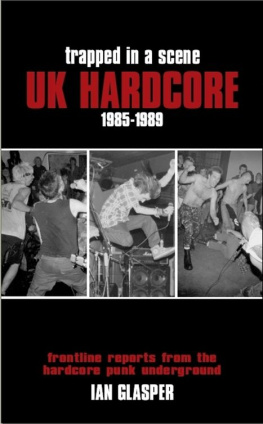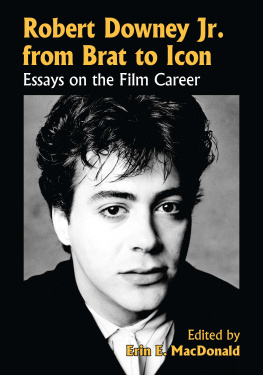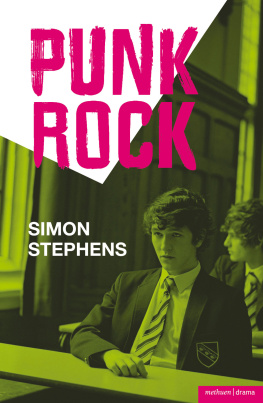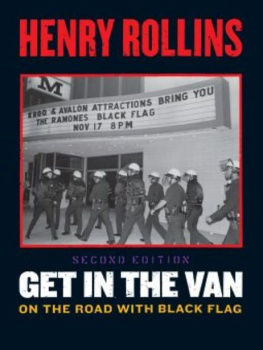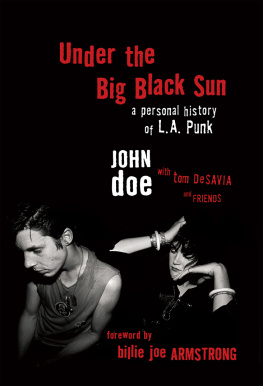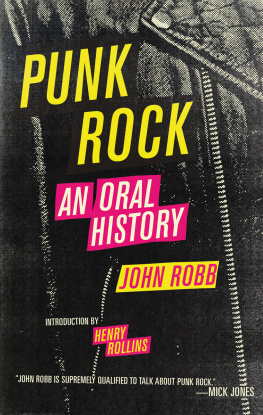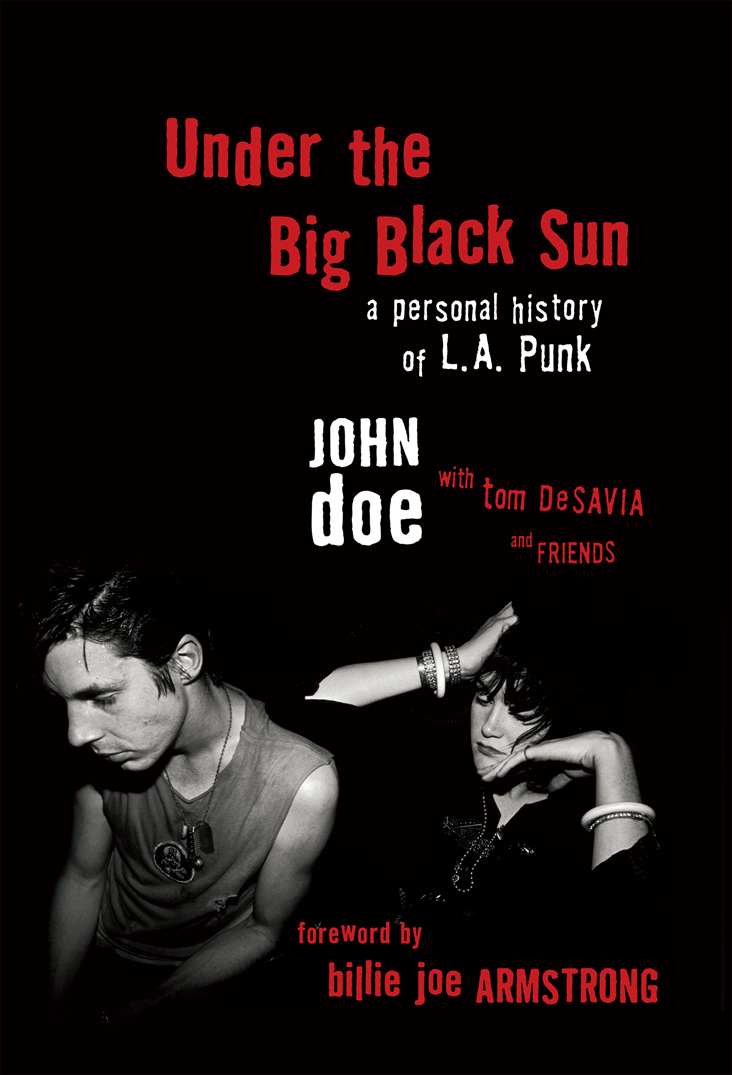

Copyright 2016 by John Nommensen and Tom DeSavia
All rights reserved. No part of this publication may be reproduced, stored in a retrieval system, or transmitted, in any form or by any means, electronic, mechanical, photocopying, recording, or otherwise, without the prior written permission of the publisher. Printed in the United States of America. For information, address Da Capo Press, 44 Farnsworth Street, 3rd Floor, Boston, MA 02210.
Designed by Trish Wilkinson
Set in 11.25-point Giovanni by The Perseus Books Group
Cataloging-in-Publication data for this book is available from the Library of Congress.
ISBN: 978-0-306-82409-8 (e-book)
Published by Da Capo Press
A Member of the Perseus Books Group
www.dacapopress.com
Da Capo Press books are available at special discounts for bulk purchases in the U.S. by corporations, institutions, and other organizations. For more information, please contact the Special Markets Department at the Perseus Books Group, 2300 Chestnut Street, Suite 200, Philadelphia, PA 19103, or call (800) 810-4145, ext. 5000, or e-mail .
10 9 8 7 6 5 4 3 2 1
Dedicated to all the fearless misfits who made it through, those who didnt, and to X bandmates DJ, Billy & most of all Exene.
John Doe
Id like to dedicate this book to my father/best friend, who let me waste all my money on records and put up with the noise that ensued in the hopes that one day Id figure out how to make a living from it. Also, my eternal thanks go to X, for changing everything my fifteen-year-old self thought he knew about art. I remain eternally grateful to Billy, DJ, Exene, and John.
Tom DeSavia
Certainly more stories will be told about this era. To the best of our abilities, we tried to tell what we know & what we can remember. Its likely that people & events have been left out, but that will be someone elses story. The different perspectives & voices here reflect the collaborative, adventurous spirit that defined the early punk-rock scene in Los Angeles. We couldnt have & didnt want to do it alone.
John Doe
Richmond, Calif.
Table of Contents
Guide
Contents
by Billie Joe Armstrong
Green Day finally made it to Los Angeles for a gig in 1990. We were roughly ten years too late for a scene that spawned some of the best bands ever. We played the god-awful Coconut Teaszer on Sunset Boulevard. We were all under twenty-one, so we werent allowed inside the club.
We waited our turn outside, sandwiched in between a strange lineup of bands that were trying to get signed to a major label.
The stage wrangler hauled us in, and we played our twenty-minute set on borrowed gear. It was a good set, and people were genuinely into it. But before we got a chance to bask in the glory, we were asked to leave.
And that was my first impression of Los Angeles.
I sat outside on the curb kinda sad. I wondered if maybe Exene and John would walk by and bum a smoke off me. Or just maybe Leonard and Stan Lee possibly caught our set.
Or by some weird chance Jane Wiedlin would invite me to a party at the Canterbury... NOPE.
None of these things happened.
But what DID happen is that their music made its way to the painfully small town I came from in Northern California. And it made me want to slam dance my way out of it.
Finding like-minded weirdos at the Gilman Street scene in Berkeley who also had dreams of almost hanging out with Darby Crash and the Light Bulb Kids in the Decline of Western Civilization.
However, almost isnt good enough. You have to take whatever spirit is left and make it your own. History only happens for a second, and you have to do everything you can in that moment.
Thank god for Alice Bag. Good lord! And Pat Smear, for that matter. The thing that makes these people brilliant is the fact that the music and ideas they created are still relevant today. Songs like Los Angeles, We Got the Neutron Bomb, and Lexicon Devil dont have expiration dates. And thats at a time when the entire decade of the eighties WAS a giant expiration date.
These are the kids before the kids. And then there are the kids after that. And so on.
Im not much of a kid anymore, but I still got all these songs stuck in my head.
So even if the Coconut Teaszer wasnt exactly the Masque, I still had all that graffiti in my brain.
Imagination can take you a long way.
Roughly,
Billie Joe Armstrong
by Tom DeSavia
I wasnt there, but it was about to change my life.
Living in the suburbs outside of Los Angeles, punk rock was simply the scary legend that came from the big, dirty metropolis. Punk itself was kind of a pop-culture mythology proven to exist only by the desolate outsider occasionally spotted wandering our streets, causing the community to collectively clutch their pearls and pray they were just passing through. In our minds these punks shared space only with the homeless and war vets, except they scared us more because it was obviously a rebellious choice they had made to live this way. Punk was dangerous, a gateway drug to a dark, violent world. This wasnt teenage rebellionthis was alarming, ugly, and threatening.
The first time I became aware of punk rock was as a lad in 1976. There was TV coverage of the Sex Pistols in Americathe only footage I recall was showing the audience spitting on this hideous band of post-apocalyptic clowns. The only reason I even recall it was because of the distaste it drew from my parents, and I couldnt have agreed with them more. It was disgusting, obviously immoral, and seemingly devoid of all melody. Also, they seemed angry. As did the crowd. It was shocking on all levels; the newscasters reporting enthusiastically agreed.
I was young enough to be intimidated by the images that came over the local news channel that day but just becoming old enough to begin to sort of learn what rebellion meant. Those images stuck with me strong... and I always associated them with my folks being so offended by this. Perhaps that was why I needed to find out more. More images started to creep in, mostly in the pages of the rock magazines I began to devour religiously: Circus, Creem, even Rolling Stone.
I wasnt even ten years old, but I was just starting to realize the world was a real fucked-up place. Saigon fell in 1975, ending the Vietnam War. Hippies were turning into cultists and murderers. This Nixon guy seemed to have fucked up a lot of shit. Basically it seemed folks were prepping for the arrival of four horsemen. In only a few short years the hippies became unflinching heartless businessmen, greed was good, and Reagan would introduce Jesus Christ into the Republican Party. Combine with that pop radio so smooth that flute solos were replacing guitars, and you had a larger sect of the American mainstream ready to accept punk rock in their hearts, just as our compatriots on the other side of the pond had been doing for a few years.
Looking back on that time, I suppose the hippies and the punks had more in common than they would have chosen to believe, especially back then: political rebellion, the rise of counterculture activism, economic uncertainty, and needing art that spoke to these and other issues in an unflinching way.



